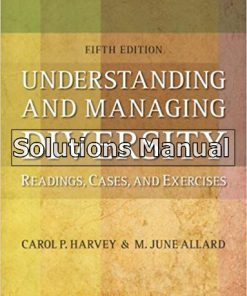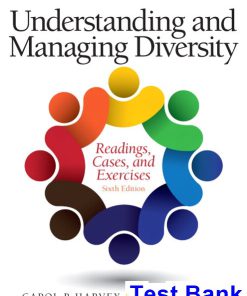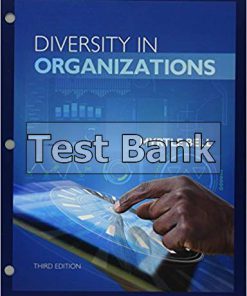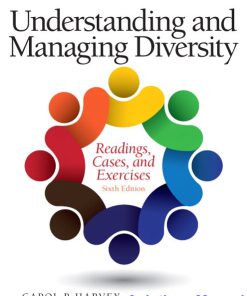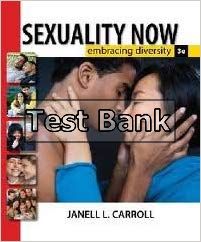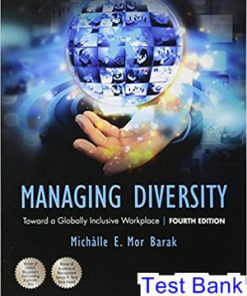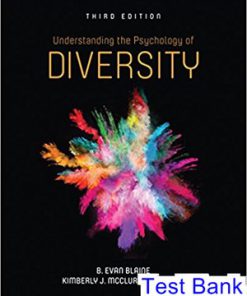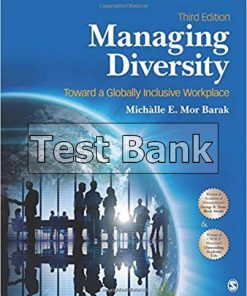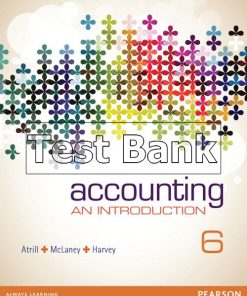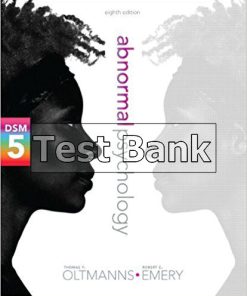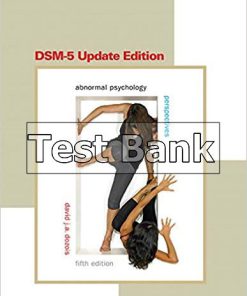Managing Diversity 3rd Edition Barak Test Bank
$50.00 Original price was: $50.00.$26.50Current price is: $26.50.
Managing Diversity 3rd Edition Barak Test Bank.
Instant download Managing Diversity 3rd Edition Barak Test Bank pdf docx epub after payment.
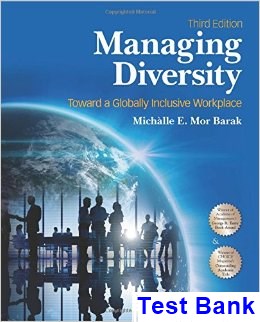
Product details:
- ISBN-10 : 1452242232
- ISBN-13 : 978-1452242231
- Author: Michalle E. Mor Barak (Author)
In addition, Managing Diversity, Third Edition offers original and comprehensive yet succinct coverage of the contemporary and historical foundations that have led to today’s practice of managing diversity in the workplace. Using a global approach to examine key issues and explore effective solutions, Mor Barak organizes the book into three parts: part I covers the macro or large systems perspective, including demographic, legislative and social policy trends around the world; part II covers the micro/mezzo or smaller systems perspective, including the theoretical foundations for inclusion and exclusion in work groups and organizations as well as interpersonal relationships and cross-cultural communication; and, part Ill presents solutions for management and leadership vis-a-vis diversity, practical interventions, diversity paradigms, and a complete overview of the inclusive workplace model with practical examples of organizational case studies.
Table of contents:
List of Boxes, Figures, and Tables
Preface and Acknowledgments
1. Introduction and Conceptual Framework
The Challenge of Managing Diversity in a Global Context
Tensions Posed by Global Workforce Trends
Diversity and Exclusion: A Critical Workforce Problem
The Inclusive Workplace Model
Conceptual Framework and Organization of the Book
Part I. It the Global Context for Diversity Management
2. Diversity Legislation in a Global Perspective: Equality and Fairness in Employment
The International Bill of Human Rights and Employment Rights
Importance and Influence of the Declaration of Human Rights
Implementation
Diversity-Related Employment Legislation
Broad-Based Antidiscrimination Legislation
Practical Implications
Appendix 2.1. Universal Declaration of Human Rights
Appendix 2.2. Global Antidiscrimination and Equal Rights Legislation Checklist of Protections Offered by a Select Number of Countries
3. Discrimination, Equality, and Fairness in Employment: Social Policies and Affirmative/Positive Action Programs
Discrimination and Equality in Employment
Theoretical Perspectives of Discrimination and Affirmative Action
Social Policies and Affirmative/Positive Action Programs
Principles of Affirmative Action and Positive Action Programs
The Public Debate Over Affirmative and Positive Action Policies
4. Global Demographic Trends: Impact on Workforce Diversity
International Population Trends
National Trends
5. Socioeconomic Transitions: The New Realities of the Global Workforce
Worker Migration
Occupational Diversity
Migration of Employers
Implications for Diversity of Gender, Disability, and Sexual Orientation
Educational Trends and Workforce Diversity
Part II. Social Psychological Perspectives of Workforce Diversity
6. Defining Diversity in a Global Context: Prejudice and Discrimination
Workforce Diversity Defined
Toward a Global Definition of Diversity
Stereotypes and Prejudice
Dehumanization and Oppression
Employment-Related Discrimination
7. Vive la Différence? Theoretical Perspectives on Diversity and Exclusion in the Workplace
Diversity and Exclusion: A Critical Workforce Problem
Theoretical Underpinnings of the Inclusion-Exclusion Construct
Research on Organizational Demography Documenting Exclusion
Social Psychological Theories on Diversity and Intergroup Relations
8. Culture and Communication In the Global Workplace
The Cultural Context for the Global Workplace
Cross-Cultural Communication
Effective Cross-Cultural Communication
9. Interpersonal Relationships in a Global Work Context
Cultural Styles and Relational Mental Models
Diversity in Interpersonal Relationships
Interpersonal Relationships and Cross-Cultural Communication
Theoretical Perspectives on Interpersonal Cross-Cultural Communication
Part III. Managing a Diverse Workforce in the Global Context-The Inclusive Workplace
10. Diversity Management and Leadership: Paradigms, Rationale, and Key Elements
Defining Diversity Management
From Equal Rights Laws, to Affirmative/Positive Action, to Diversity Management
Diversity Management Paradigms
The Impetus for Implementing Diversity Management
Characteristics and Limitations of Diversity Management
Organizational Leadership and Diversity Management
11. An Overview of the Inclusive Workplace Model: Managing the Globalized Workforce Diversity
Diversity Management and the Inclusive Workplace
12. The Inclusive Workplace: Level I-Inclusion Through Diversity Within the Work Organization
Inclusive Policies and Practices
Barriers and Benefits of Implementing the Inclusive Approach at Level I
Case Illustration: Level I-Inclusion Through Diversity Within Work Organizations-Denny’s, Inc.
Questions for Discussion and Further Analysis
13. The Inclusive Workplace: Level II-Inclusion Through Corporate-Community Collaborations
Inclusive Policies and Practices
Barriers and Benefits of Implementing the Inclusive Approach at Level II
Case Illustration: Level II-Inclusion Through Corporate-Community Collaboration-Unilever
Questions for Discussion and Further Analysis
14. The Inclusive Workplace: Level III-Inclusion Through State/National Collaborations
Barriers and Benefits of Implementing the Inclusive Approach at Level III
Case Illustration: Level III-Inclusion of Disadvantaged Groups at the National/State Level-Eurest
Questions for Discussion and Further Analysis
15. The Inclusive Workplace: Level IV-Inclusion Through International Collaborations
Barriers and Benefits to Implementing the Inclusive Approach at Level IV
Case Illustration: Level IV-Inclusion Through Global Collaborations-The Fair Trade Company
Fair Trade History
Global Village and the Fair Trade Company
Fair Trade Future
Questions for Discussion and Further Analysis
16. Toward a Globally Inclusive Workplace: Putting the Pieces Together
The Value Base for the Inclusive Workplace
Implementation of the Inclusive Workplace
Appendix
References
Index
About the Author
People also search:
Managing Diversity 3rd Edition
Managing Diversity 3rd Edition pdf
Managing Diversity
which statement is an example of effectively managing diversity
managing diversity in an organization starts with the
managing diversity and conflict in large organizations/companies
Instant download after Payment is complete
You may also like…
Humanities and Social Sciences
Understanding and Managing Diversity Readings Cases and Exercises 6th Edition Harvey Test Bank
Humanities and Social Sciences




